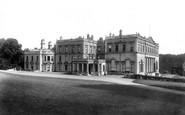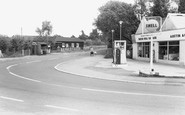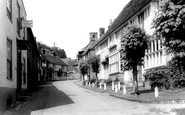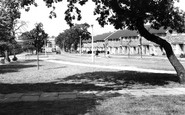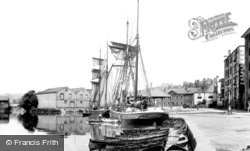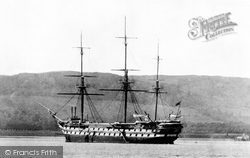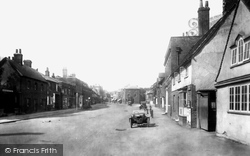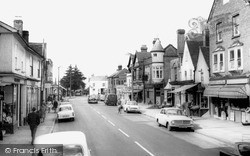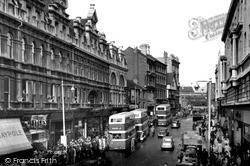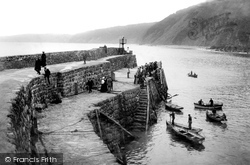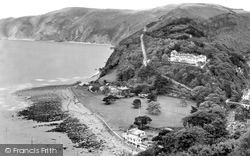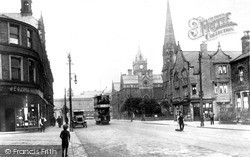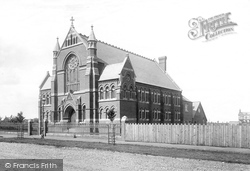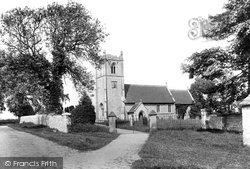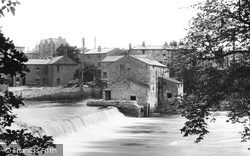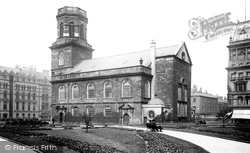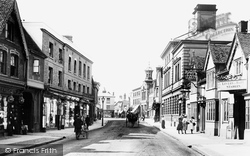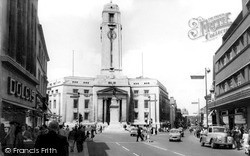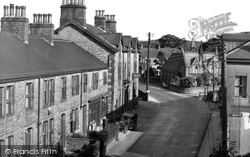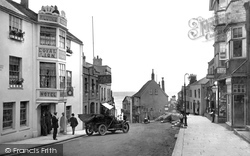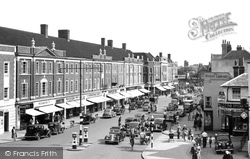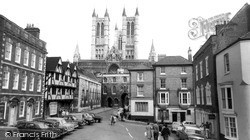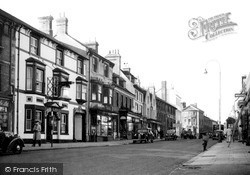Places
36 places found.
Those places high-lighted have photos. All locations may have maps, books and memories.
- Bangor, County Down
- Newcastle, County Down
- Greyabbey, County Down
- Donaghadee, County Down
- Downpatrick, County Down
- Portaferry, County Down
- Dromore, County Down
- Hillsborough, County Down
- Downings, Republic of Ireland
- Killyleagh, County Down
- Ardglass, County Down
- Rostrevor, County Down
- Dundrum, County Down
- Newtownards, County Down
- Warrenpoint, County Down
- Ballygowan, County Down
- Ballywalter, County Down
- Ballyward, County Down
- Bishops Court, County Down
- Boardmills, County Down
- Culcavy, County Down
- Katesbridge, County Down
- Killough, County Down
- Millisle, County Down
- Portavogie, County Down
- Saul, County Down
- Seaforde, County Down
- The Diamond, County Down
- Audleystown, County Down
- Kearney, County Down
- Annaclone, County Down
- Ballyhalbert, County Down
- Ballymartin, County Down
- Clare, County Down
- Conlig, County Down
- Dollingstown, County Down
Photos
856 photos found. Showing results 1,801 to 856.
Maps
459 maps found.
Books
2 books found. Showing results 2,161 to 2.
Memories
8,167 memories found. Showing results 901 to 910.
Crichel House During The War Years
Dumpton House (Preparatory) School was evacuated to Crichel during the Second World War from Broadstairs in Kent. My older brother (Paul Cremer) was already at the school and due to the war my parents sent me ...Read more
A memory of Crichel Ho in 1940 by
Liphook
My grandfather was the manager of Smorthwaites, the Chemist, opposite the Anchor Hotel in the middle of Liphook. My mother was born in Liphook and lived in the house next door to the Chemist's on the south. My earliest memory of ...Read more
A memory of Headley Down by
Pontypool
My family lived in The Globe in Crane Street from 1973 until I guess 1980, although I had left in 1979, John and Kitty, ran a fab pub which was always very busy with many customers working in the council and police station. The pub was ...Read more
A memory of Talywain in 1978 by
St Marys
Just an up-date to my previous memory. I wonder if anybody remembers St Mary's Church just down the road from Valence Wood Road. I was a choirboy there for a numbers of years in the late forties - early fifties. I was married there on Oct 1st. 1955. Alan Gammans
A memory of Dagenham in 1955 by
Ready Steady Goooooo
My family used to live in a flat above a cobblers. I can remember using an old pram as a go-cart to ride down the high street. Those were the days. Ha Ha.
A memory of Chilham in 1960 by
Terrified By White Masses
Hi I was taken to the upper Rhondda valley (Tynewydd) by my mother in 1940 , I was some 9 yrs old. I went to school both primary and secondary (Treherbert boys school). I had lots of cousins. Myself and my cousin ...Read more
A memory of Blaengwynfi in 1940 by
The Original Grove Hotel In Stapenhill
When I was about 4 years old in 1948 my Auntie Jess and Uncle Albert (Haynes) ran the Grove Hotel at Stapenhill. It was the original one, not the one which is there now. It was a really lovely old ...Read more
A memory of Stapenhill in 1948 by
Fond Memories Of Old Friends In Nairn
My wife Carol was a Highland lassie by birth and when we split up she left Leeds. She lived at Trades Park and eventualy married again up there. I visited Nairn a lot on trips to see my four kids, it was an 800 ...Read more
A memory of Nairn in 1987 by
Tinshill Crescent
I was born in 1951 at Tinshill Crescent. I had an older brother Rodney (b 1946). I attended old Cookridge School (as previously described by Paul Leavett). It also had 2 prefab classrooms as well as the wooden hut. I remember ...Read more
A memory of Cookridge in 1956 by
I Still Live Here
My mum and dad came from Tottenham and Edmonton, they moved to Danbury Down, my mum and dad were offered the house because my dad worked for Mobil Oil. The nearest shops were Staceys Corner, the 16 shops. Then on a bike ride my ...Read more
A memory of Basildon in 1972 by
Captions
2,242 captions found. Showing results 2,161 to 2,184.
However, Trew came up with a different scheme, one that would overcome expensive dredging operations, and the problems caused by several weirs that had been built down-river.
The 46-gun frigate HMS 'Unicorn', laid down during the Napoleonic Wars, was still building when hostilities ceased.
The photographer stood with his back to the site of the White Horse, which burnt down in the 1860s.
There had been a building here which was burnt down - the occupier narrowly escaped with his life, but broke his legs when jumping from an upstairs window.
Newport has a rich history, with Roman occupation at Caerleon, a medieval castle, and the Chartist Rising of 1839, which was put down by troops.
Surrey fled the field; the corrupt and unlikeable Cressingham knew how to die, and fought until he was cut down.
The steepness of the High Street (known as Up-a-Long and Down-a-Long) meant that the mail had to be delivered by donkeys. Herring, coal and lime also came up the hill from the harbour.
Lynton perches at the top of a 1-in-4 hill that leads down to Lynmouth. Visitors can also reach Lynmouth by way of a spectacular cliff railway that descends a sheer cliff of 500 feet.
This is the town's main shopping street. Lower down, a canopy over the pavement keeps the Pennine precipitation off the shoppers.
The ornate iron gates and railings on the road frontage were lopped off early in the Second World War to melt down for armaments.
In 1879 the prince's stand burnt down, and was replaced on a larger scale, with a tower at the rear.
The pretty village of Thorp Arch with its green, Manor House and old mill leads down to the banks of the Wharfe, with the bridge (1772) carrying the road to Boston Spa.
Behind the disused mill was the Wharfedale Brewery, which supplied many of the town's fifteen taverns. The brewery closed during the First World War, and was then used as billets for troops.
This building was pulled down in the early 1920s.
This 1903 view looking south down the High Street is full of detail. It seems to have been taken one warm morning - note the open windows, and the summery dresses of the girls on the right.
The clean forceful lines of the neo- classical new town hall were in marked contrast to its rather sedate and friendly looking predecessor, built by the Luton architects John Williams & Sons
The cattle auction mart further down Gisburn Road closed in 1990.
Down the street, the Assembly Rooms (centre) can be seen protruding from behind Middle Row. Holiday- related businesses include a Post Card Depot and a photographer's Kodak sign.
The Shoulder of Mutton next door became a butcher's, and was later knocked down to give access to a new development.
Stretching down from the north side of town towards the coble landing, Filey is still a mixture of a fishing village and a Victorian resort.
The last serious religious troubles in Stafford were the Sectarian Riots of 1715, when a mob of 'lewd fellows of the baser sort' attacked the Presbyterian Chapel with the intention of burning it down
The Downs, like Horton and the common, were now part of London's Green Belt, and no further development would take place on them.
The famous street Steep Hill, the most aptly named street in England, is down to the right.
The depot of H & G Symonds Ltd (further down the road) was the former North Wilts Brewery.
Places (198)
Photos (856)
Memories (8167)
Books (2)
Maps (459)

